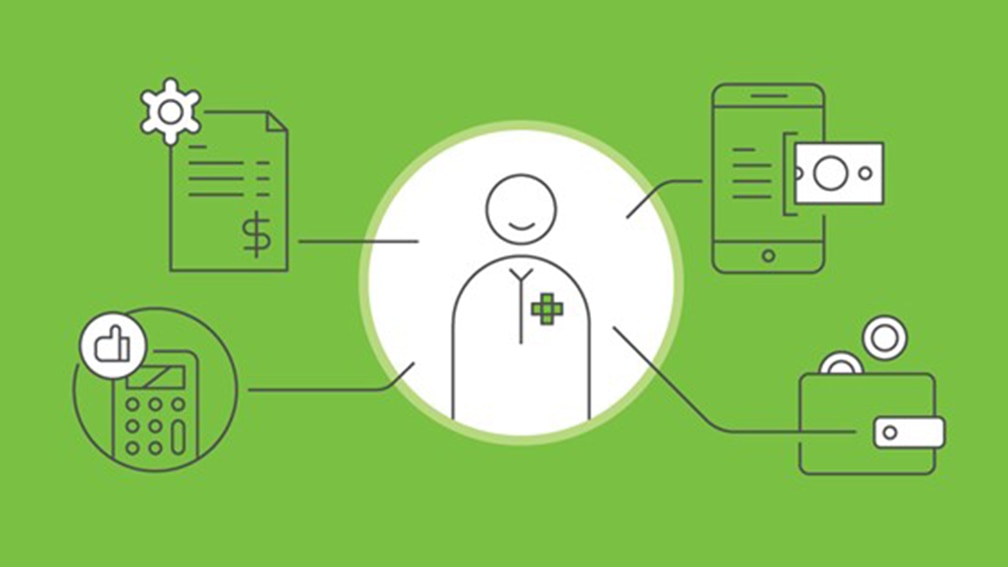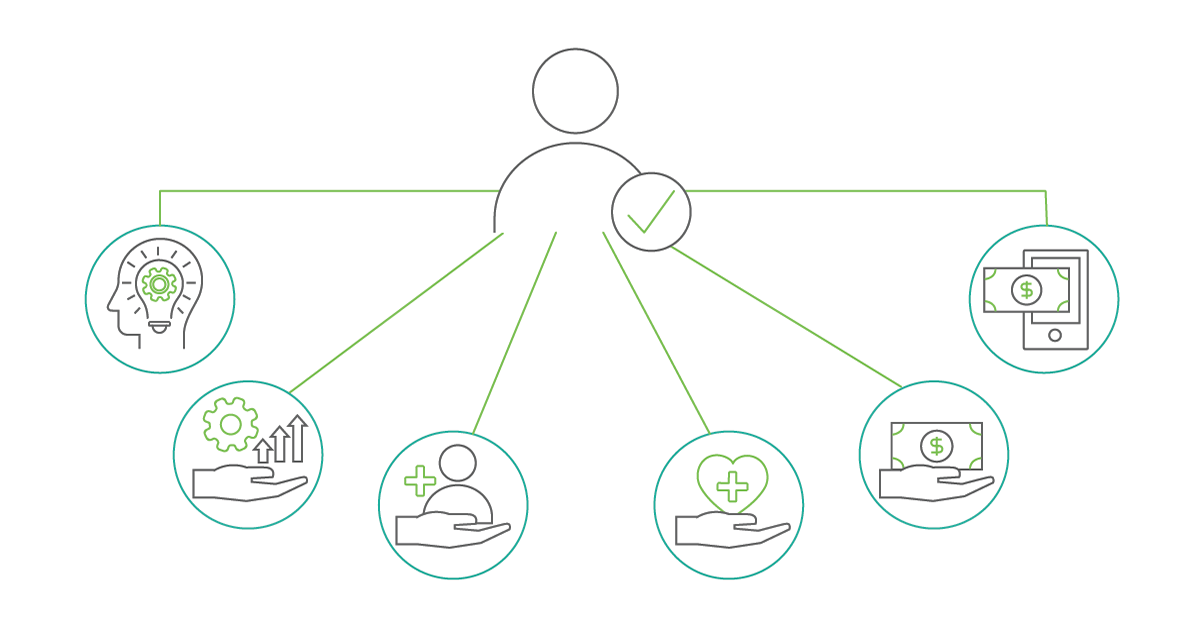Strategies to Help Improve Patient Retention
Improving patient retention benefits both the provider and the patient. Learn strategies to help boost your patient experience and inspire loyalty.
By Pamela Cagle, RN
Posted Sep 13, 2024 - 7 min read
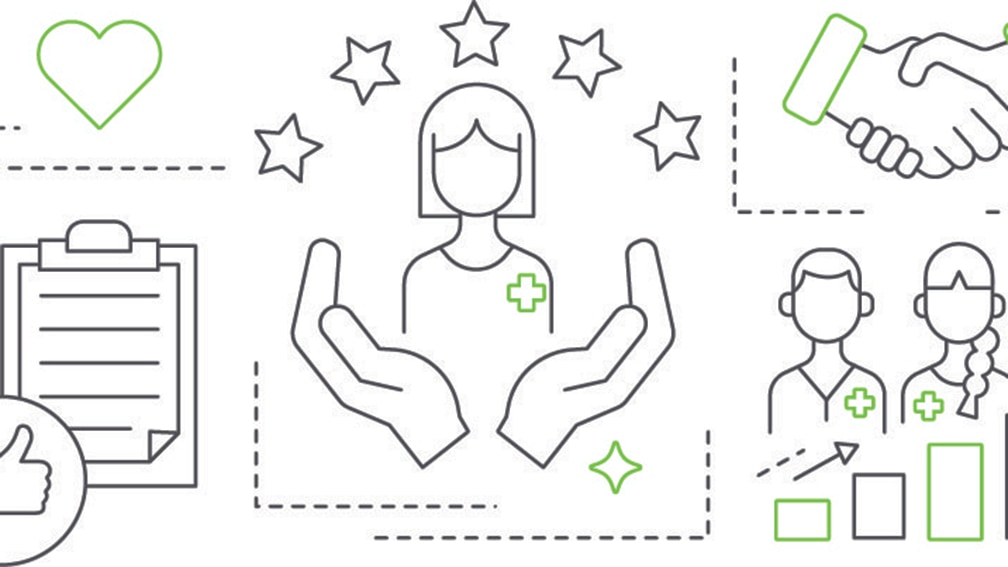
In the 2021 PatientPop Patient Perspective Survey Report, 36 percent of patients said they had left a healthcare provider within the last two years. Keeping the patients you have is likely one of your key priorities. You can think of patient retention as the number of patients that your health system or practice retains over a certain period of time. When patients leave a system or practice, it’s called attrition, churn, or patient turnover.
Improving patient retention can benefit providers and the healthcare system in general in several ways. First of all, in healthcare, continuity of care, an approach in which the patient sees the same healthcare provider over a long period of time, leads to better patient outcomes. And better health outcomes can lead to lower healthcare costs overall.
Second, it may cost your practice more to acquire new patients than it does to keep the patients you have. For that reason, improved patient retention may benefit your practice financially, which will enable you to provide the best care for your patients. For example, in other industries, experts have discovered even a small increase in customer retention produces higher profits.
What all this means is that patient retention benefits both the provider and the patient.
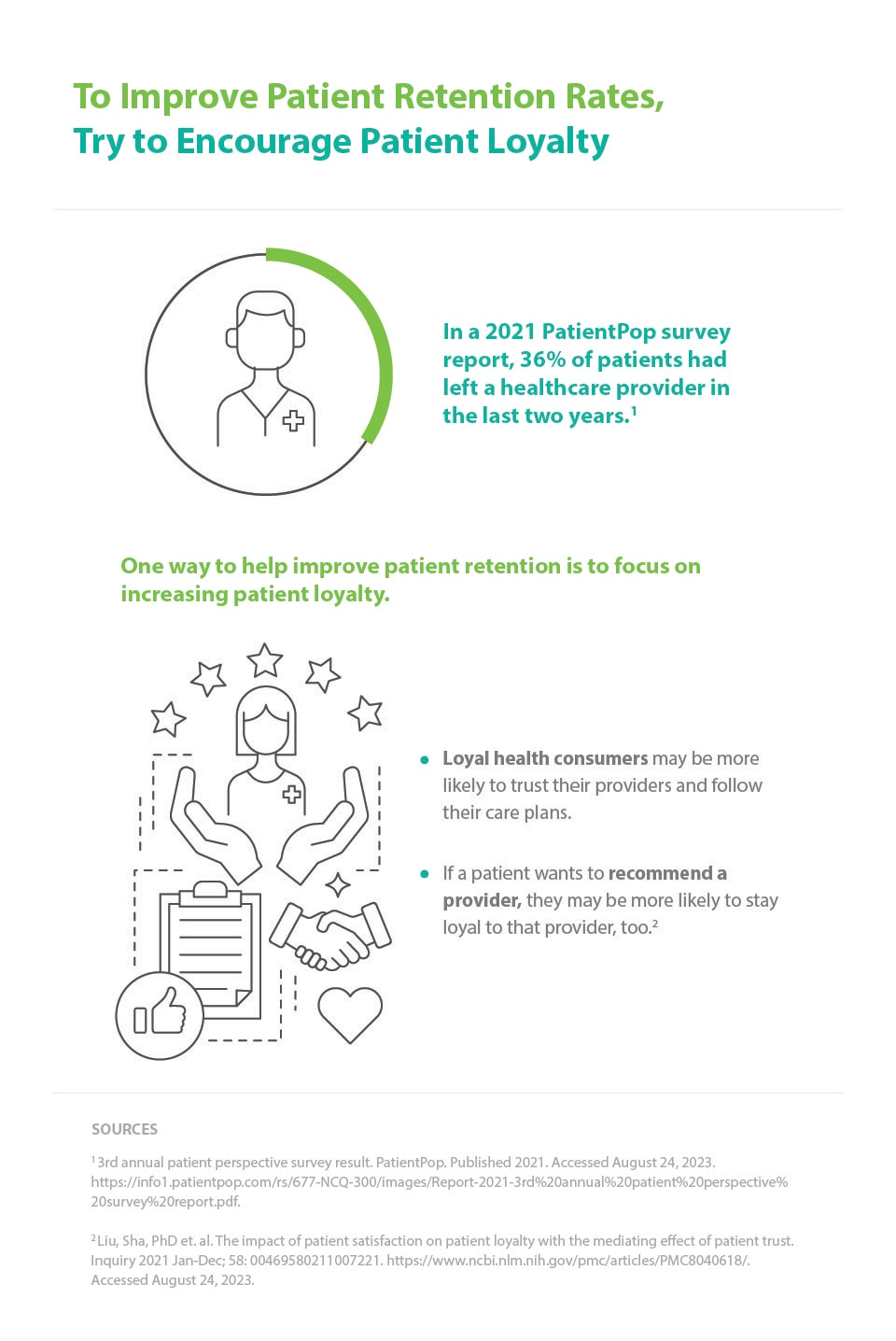
How Patient Loyalty Drives Patient Retention
Over the years, we’ve learned a few things about patient loyalty. For one, loyal health consumers are more likely to trust their providers and follow their care plan. NRC Health surveyed 290,000 healthcare consumers, who ranked their top differentiators that drive healthcare loyalty. Forty-three percent of respondents say that caring and compassionate doctors and nurses is a major differentiator. Another top differentiator is an “easy-to-understand bill paying process.”
Patient loyalty is often the result of quality care and a great patient experience. Health providers that consistently try to deliver good outcomes plus provide high patient satisfaction tend to build deeper patient loyalty.
Strategies to Help Improve Patient Retention
In addition to improving the areas that drive patient loyalty, other key strategies can help boost patient retention.
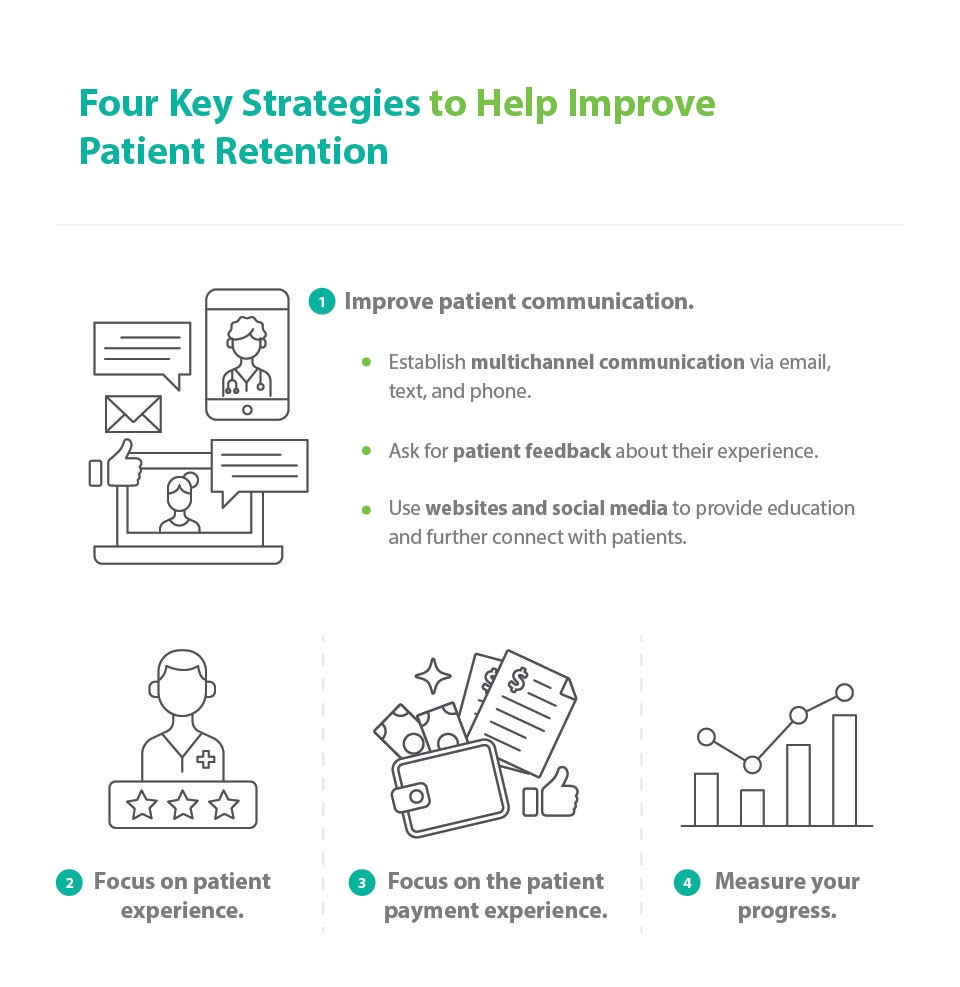
Improve Patient Communication
Collaborative communication and decision-making appear to correlate with important markers, including patient engagement, satisfaction, and loyalty. When you effectively communicate healthcare information, you can empower your patients and their family members to participate in their care as full partners.
Consider these three key methods for improving patient communications.
1. Establish multichannel communication via email, text, and phone.
Reaching your patients through the technology they already use is key to patient engagement. Today, many younger patients may prefer email and text. However, for an older person, the phone may be the most effective way to communicate. No matter which communication channels you use, ensure you have the patient’s express permission to contact them on a specific channel, and stay mindful of the policies governing patient communication, such as the Telephone Consumer Protection Act (TCPA).
2. Ask for patient feedback about their experience.
At the end of a visit, ask questions like: “Do you have any feedback regarding how you scheduled your appointment?” or “Have I addressed all of your concerns?” Use the answers to inform your actions, try to improve the patient experience, and address and attempt to resolve any issues with the patient before they leave your office.
3. Use websites and social media to provide education and further connect with patients.
Educated and informed patients are activated patients. Fully activated patients are able to:
- Self-manage illnesses
- Engage in healthy activities that improve their outcomes
- Participate in their care, including treatment and diagnostic choices
- Collaborate with caregivers and healthcare providers
- Choose insurance, providers, and health delivery organizations based on metrics, such as performance and quality
- Navigate the healthcare system
Focus on Patient Experience
As value-based reimbursement continues to gain momentum, many providers are putting more focus on the patient experience. Not only does a positive patient experience correlate with better financial outcomes through Centers for Medicare & Medicaid Services (CMS) reimbursements, but it also factors into increased patient retention, and it is increasingly becoming regarded as a crucial quality measure.
Here are a few measures that may help improve patient experience.
- Adopt a patient engagement platform. This software helps create a helpful online environment for your patients to access accurate health information and education. Many vendors include features like message boards and chat options to help your patients build a community around your brand.
- Integrate your electronic health records (EHR), patient portal, and payments.
- Deliver personalized, compassionate care, treating the patient and not just their illness.
- Provide sufficient parking. When parking is expensive or inconvenient, it can contribute to dissatisfaction and may lead to higher patient turnover rates.
- Design your offices to feel inviting, comfortable, and convenient. Consider offering a separate area for symptomatic patients to wait for their appointment to minimize the spread of illness.
- Use technology. Work on decreasing wait times through self-scheduling, contactless check-in, and pre-registration.
Focus on Patient Payment Experience
Healthcare consumers can get confused and frustrated with the traditional payment and billing experience. Payments may not seem, at first, like something you can easily improve. However, by studying some statistics from Cedar’s 2021 Healthcare Consumer Experience Study, you can glean what today’s consumers want and need in order to start improving in this area.

The study shares that:
- 59 percent of consumers find it stressful to reconcile a bill issue with their payer.
- 55 percent of consumers find it stressful paying a healthcare bill.
Additionally, when the study researched why some medical bills go to collections:
- 48 percent of consumers were unable to pay the requested amount.
- 32 percent believe they were billed incorrectly.
- 28 percent found the bill too confusing or couldn’t decipher the cost.
- 24 percent said the provider had poor or outdated billing processes (for example, paper-based communication).
Confusion surrounding payments and billing can drive nervousness and frustration and may cause a poor patient experience. The best way to deliver a consistent patient payment experience is by listening to your consumers and partnering with the right payment vendors.
Here are a few tips to improve the payment process.
- Start the conversation about payment early.
Due to rising patient responsibility amounts, it’s helpful to give patients as much information as possible, as soon as possible, about their estimated payment responsibility before their appointments. - Implement digital payment options.
A streamlined digital payment system may enhance the patient experience, improve patient retention rates, and boost revenue or decrease costs. - Offer flexible financing options.
Today, many patients are experiencing financial hardships. Financial uncertainty along with rising health prices and higher levels of patient responsibility mean it’s a good idea to consider partnering with a vendor that offers a promotional financing option with features like a fully digital payment platform.
Measure Your Progress
You can use this method to calculate your patient retention rate.
- Start with the number of new patients you gained over the past 18 months.
- Subtract the number of patients who had no contact with you within the past 18 months.
- Next, divide this number by the total number of patients you started with prior to the 18-month period.
- Finally, multiply the quotient by 100 to get a percentage.
For example: If you had 2,000 patients at the beginning of an 18-month period, and during that period you acquired 1,500 new patients but “lost” 500 patients, your calculation would look like this:
- Number of new patients: 1,500
- Subtract the number of no-contact patients (500): 1,500-500 = 1,000
- Divide that number (1,000) by the number of patients at the beginning (2,000): 1,000/2,000 = 0.50
- Multiply the quotient (0.50) by 100: 0.50x100 = 50 percent
In this scenario, you would have a 50 percent patient retention rate for the 18-month period.
Improving Patient Retention Through Loyalty, Communication, and Experience
You can improve patient retention at all levels of the organization through activities directed at improving loyalty, such as strategic initiatives concerning communication, the patient experience, and billing and payments. You may also want to consider partnering with financial and technology vendors equally committed to the patient experience.
About the Author

Pamela Cagle
Pamela Cagle is a freelance writer based in Birmingham, Alabama. She leverages her background in healthcare and patient education to create helpful content that is informative, meaningful, and easy to understand.
Healthcare payment and financing solution
The CareCredit health and wellness credit card helps improve the payment experience for patients and clients, and your financial performance.
Get StartedThis content is subject to change without notice and offered for informational use only. You are urged to consult with your individual business, financial, legal, tax and/or other advisors with respect to any information presented. Synchrony and any of its affiliates, including CareCredit, (collectively, “Synchrony”) makes no representations or warranties regarding this content and accept no liability for any loss or harm arising from the use of the information provided. Your receipt of this material constitutes your acceptance of these terms and conditions.



